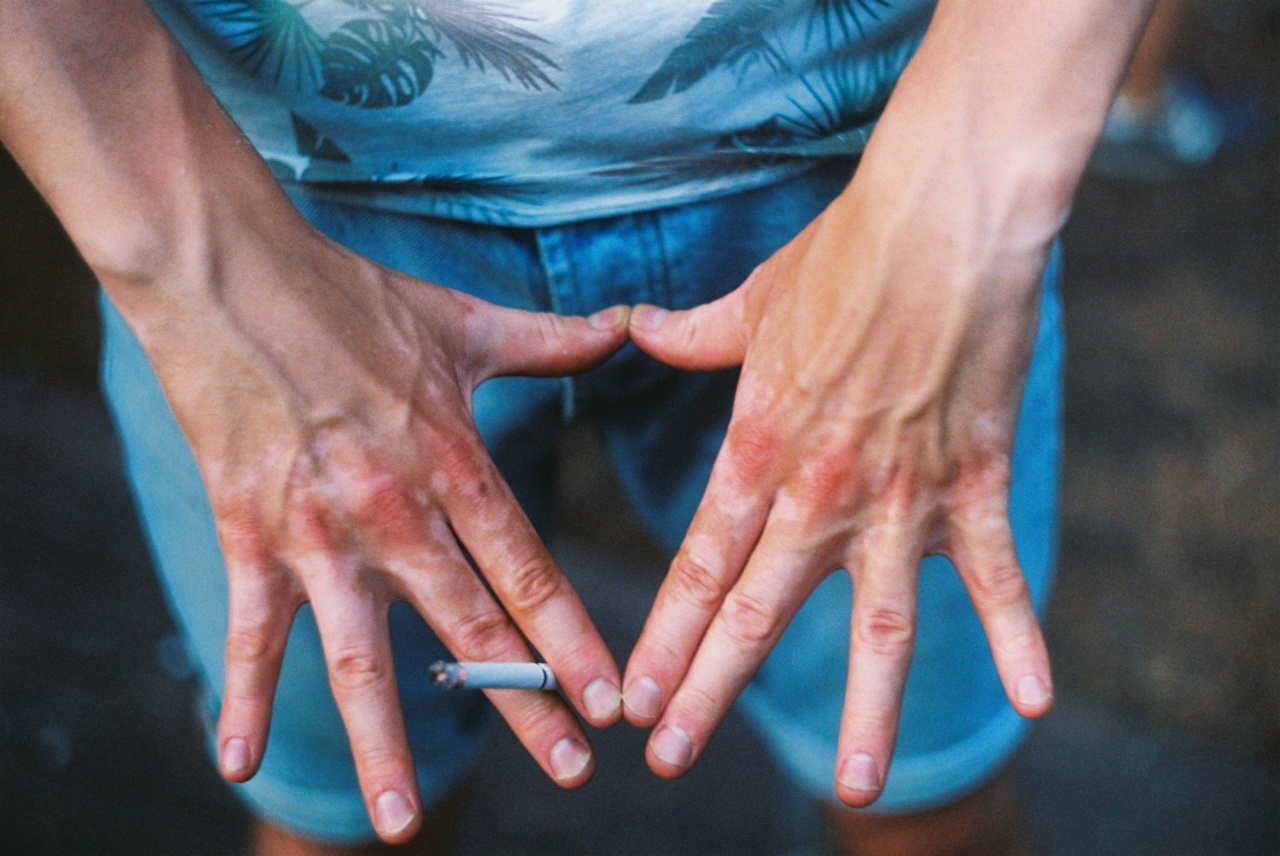Second-hand smoke is the smoke released into the air when someone nearby smokes a cigarette or other tobacco products.
While smokers are aware of the risks they expose themselves to, it is equally important to understand the dangers that second-hand smoke poses to non-smokers. This article explores the harmful effects of second-hand smoke on non-smokers and emphasizes the urgent need for stricter regulations to protect the health of non-smokers.
The Health Risks of Second-Hand Smoke
Non-smokers who are exposed to second-hand smoke inhale many of the same toxic chemicals and carcinogens as active smokers do. These harmful substances increase their risk of developing various health conditions, including:.
-
Respiratory problems: Second-hand smoke can cause coughing, wheezing, bronchitis, and asthma attacks in non-smokers, especially children and those with pre-existing respiratory conditions.
-
Lung cancer: Long-term exposure to second-hand smoke can significantly increase the risk of developing lung cancer in non-smokers.
-
Cardiovascular diseases: Non-smokers exposed to second-hand smoke have an increased risk of heart disease, heart attacks, and stroke.
-
Ear infections: Children exposed to second-hand smoke are more likely to experience frequent ear infections.
-
Impaired lung function: Even brief exposure to second-hand smoke can cause immediate negative effects on lung function in non-smokers.
Children and the Vulnerability to Second-Hand Smoke
Children are particularly vulnerable to the harmful effects of second-hand smoke. Their developing bodies and lungs, along with higher respiratory rates and immature immune systems, make them more susceptible to the negative health consequences.
Research has shown that children exposed to second-hand smoke are at a higher risk of:.
-
Reduced lung function and growth: Second-hand smoke can have long-term effects on lung development in children, leading to decreased lung function and potential growth problems.
-
Sudden Infant Death Syndrome (SIDS): Infants exposed to second-hand smoke are at an increased risk of SIDS, a condition where an otherwise healthy baby dies without any apparent cause.
-
Asthma and respiratory infections: Children exposed to second-hand smoke are more likely to develop asthma and experience more frequent respiratory infections, such as bronchitis and pneumonia.
-
Behavioral and cognitive issues: Studies have suggested a link between second-hand smoke exposure and behavioral problems, learning difficulties, and lower cognitive abilities in children.
Second-Hand Smoke in Public Spaces
Second-hand smoke is not limited to the confines of private homes. Non-smokers can also be exposed to it in various public spaces such as restaurants, bars, parks, and even sidewalks.
While some countries have implemented smoking bans in certain areas, there is still a need for more comprehensive legislation to protect non-smokers from second-hand smoke in all public spaces.
Workers in establishments that permit smoking are at a particularly high risk of exposure to second-hand smoke.
Studies have shown that these employees often suffer from respiratory issues, increased risk of heart disease, and other smoking-related health problems. By implementing strict regulations and completely banning smoking in public spaces, governments can significantly reduce the health risks associated with second-hand smoke exposure.
The Importance of Smoking Policies and Education
It is crucial to educate individuals about the dangers of second-hand smoke and promote smoke-free environments.
Implementing comprehensive smoking policies in workplaces, educational institutions, and residential buildings can help protect non-smokers from exposure to second-hand smoke. By raising awareness and providing resources such as smoking cessation programs, society can create a supportive environment for those who wish to quit smoking and reduce the overall prevalence of smoking.
Protecting Children from Second-Hand Smoke
To safeguard children from the dangers of second-hand smoke, it is essential to create smoke-free homes and cars. Parents should refrain from smoking indoors or near their children, as even residual smoke particles can be harmful.
By adopting smoke-free environments, parents can protect their children from the numerous health risks associated with second-hand smoke.
Conclusion
Second-hand smoke poses significant health risks to non-smokers, particularly children.
The toxic chemicals and carcinogens in second-hand smoke can lead to respiratory problems, lung cancer, cardiovascular diseases, and impaired lung function in non-smokers. Children are even more vulnerable, experiencing reduced lung function, increased risk of SIDS, higher chances of developing asthma, and behavioral issues.
It is crucial to implement stricter smoking regulations, especially in public spaces, to protect non-smokers from the dangers of second-hand smoke. By raising awareness, promoting smoke-free environments, and providing support for smokers trying to quit, society can work towards a healthier future.





























